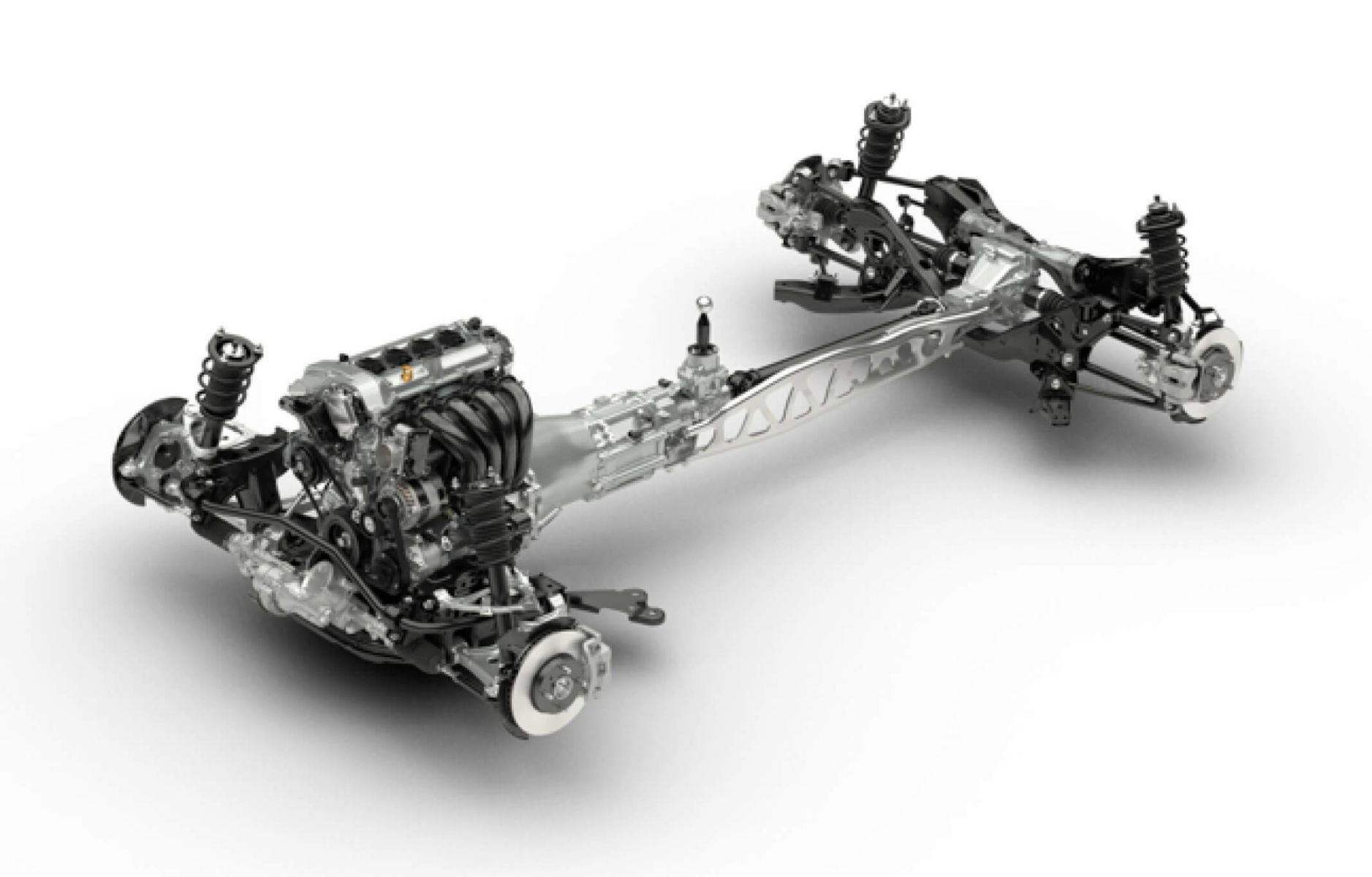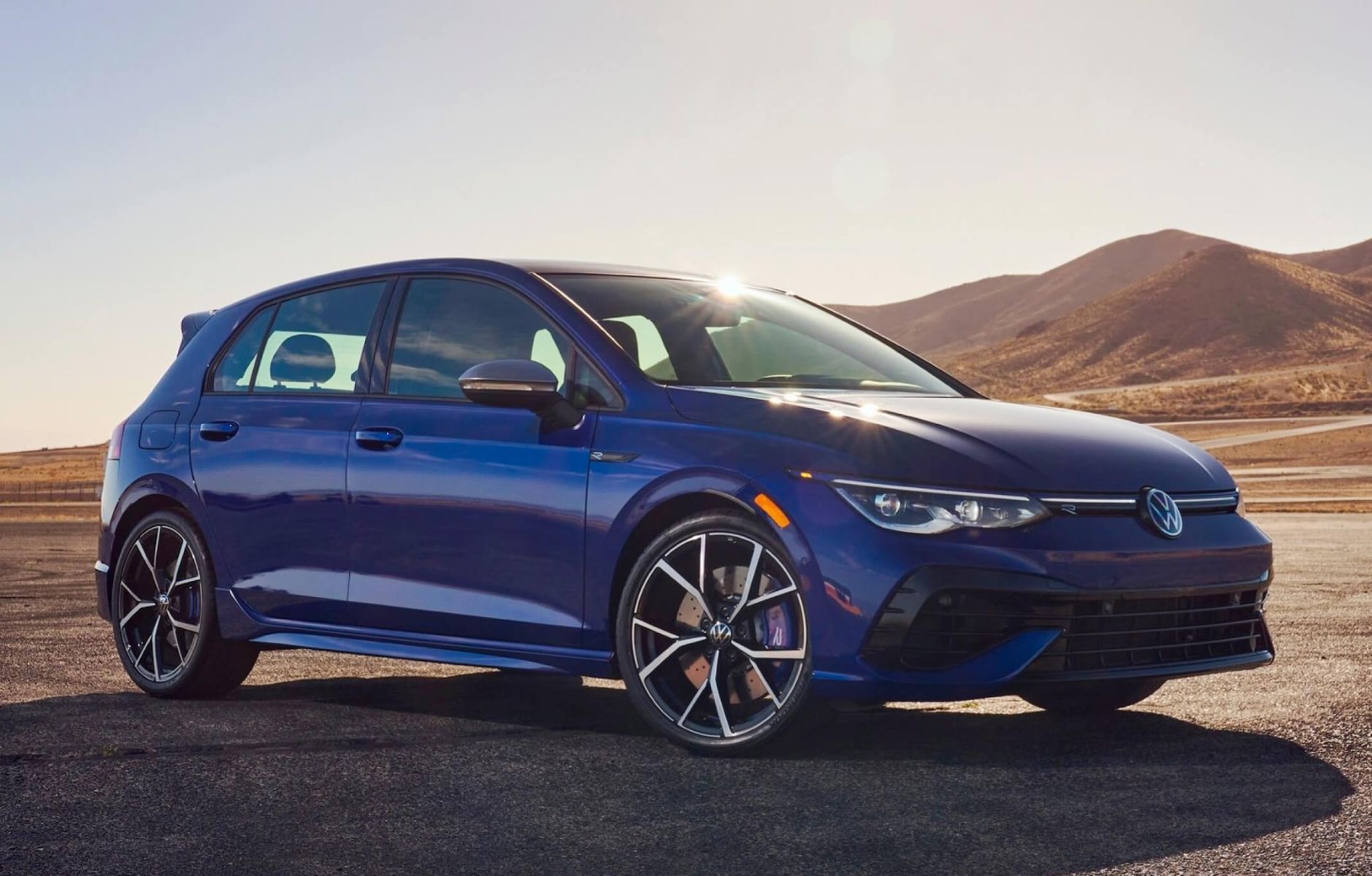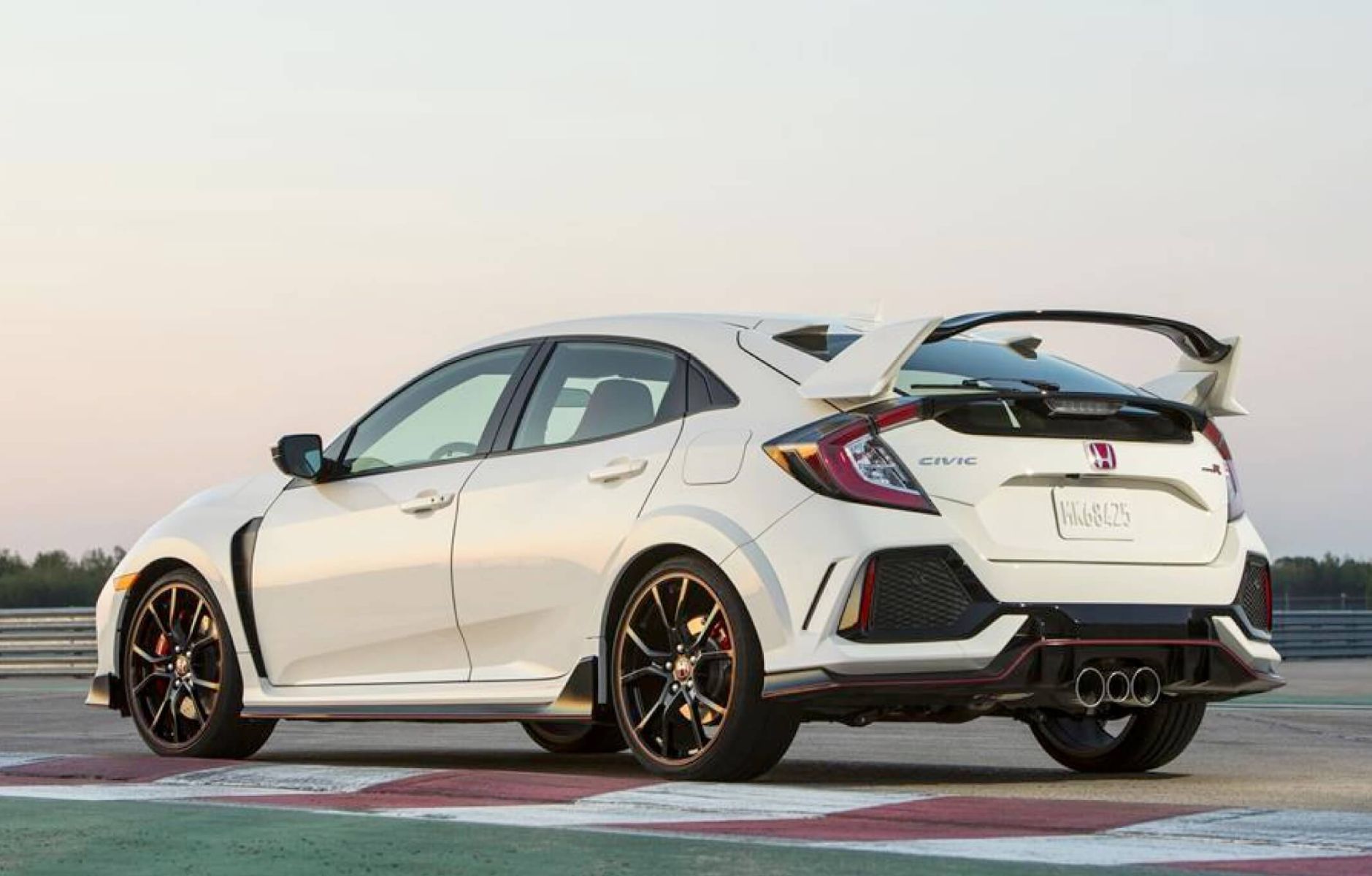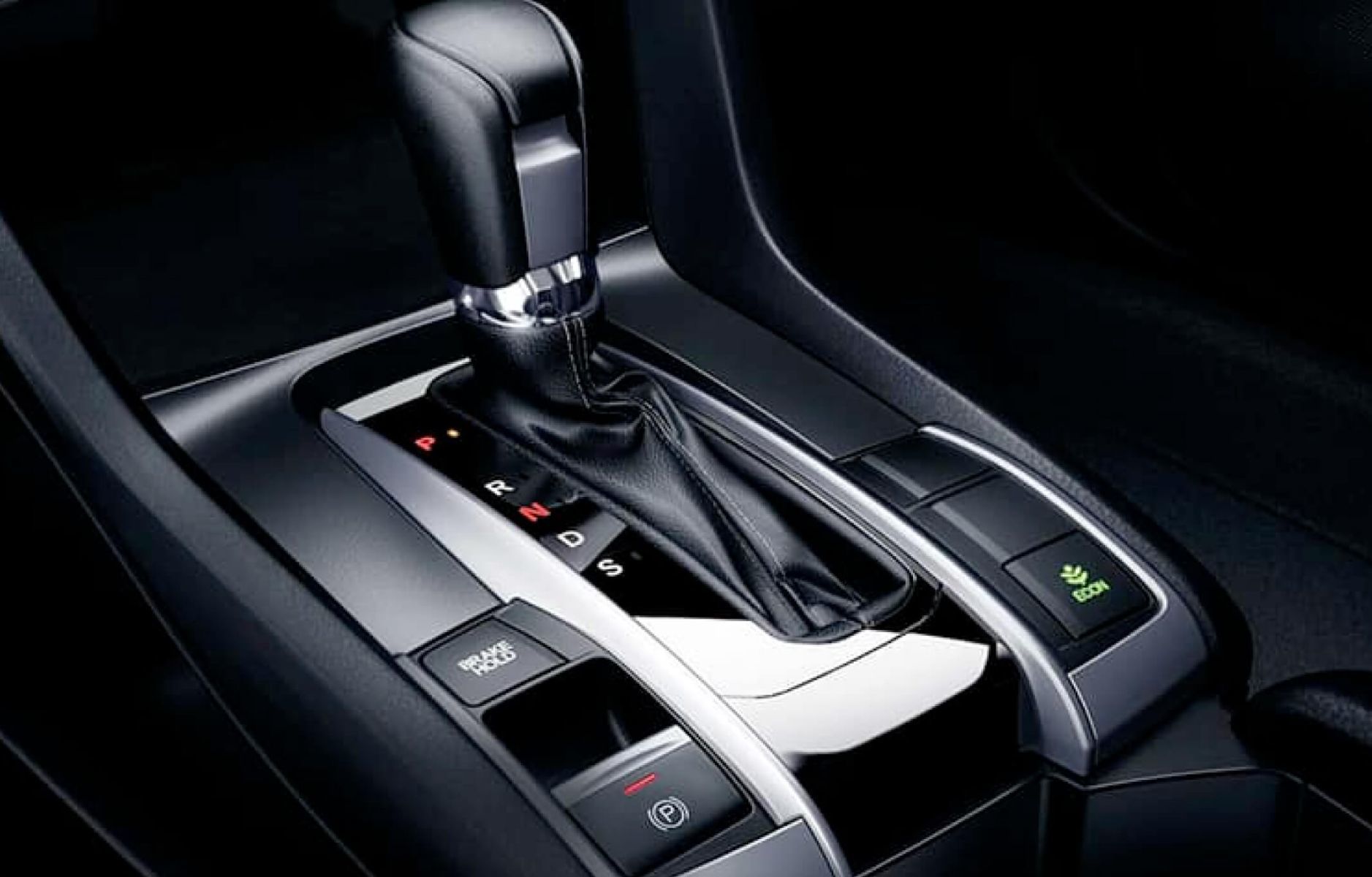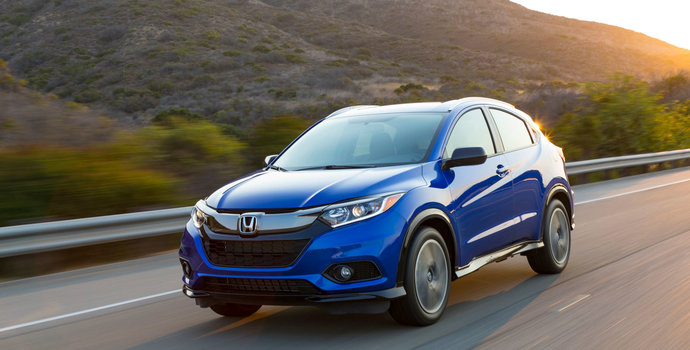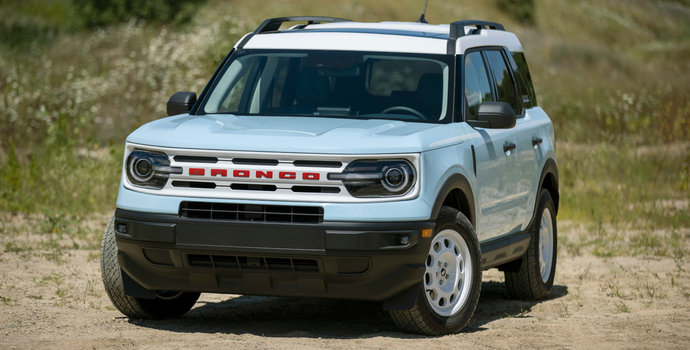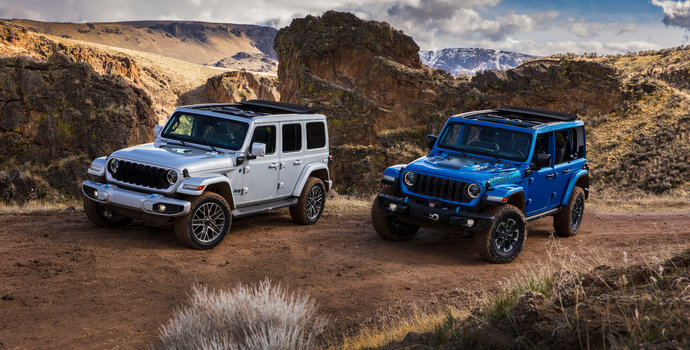What Do You Need to Buy a Pre-Owned Vehicle in Ontario?
Purchasing a pre-owned vehicle in Ontario is a significant decision that requires preparation, knowledge, and the right documentation. Whether you’re buying from a dealership or a private seller, understanding the process can help ensure a smooth and hassle-free experience. From necessary paperwork to financial considerations and insurance requirements, this guide provides everything you need...



